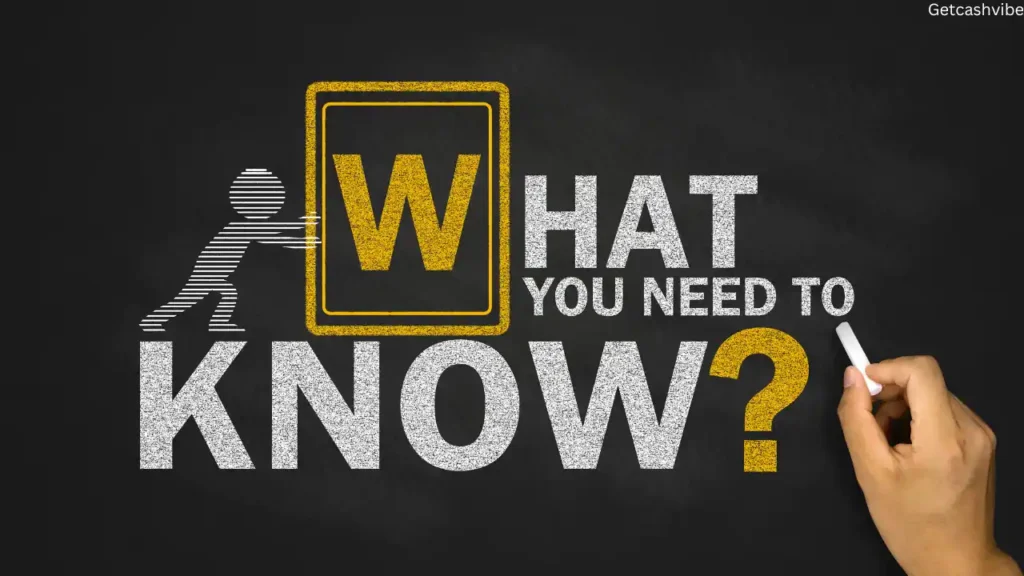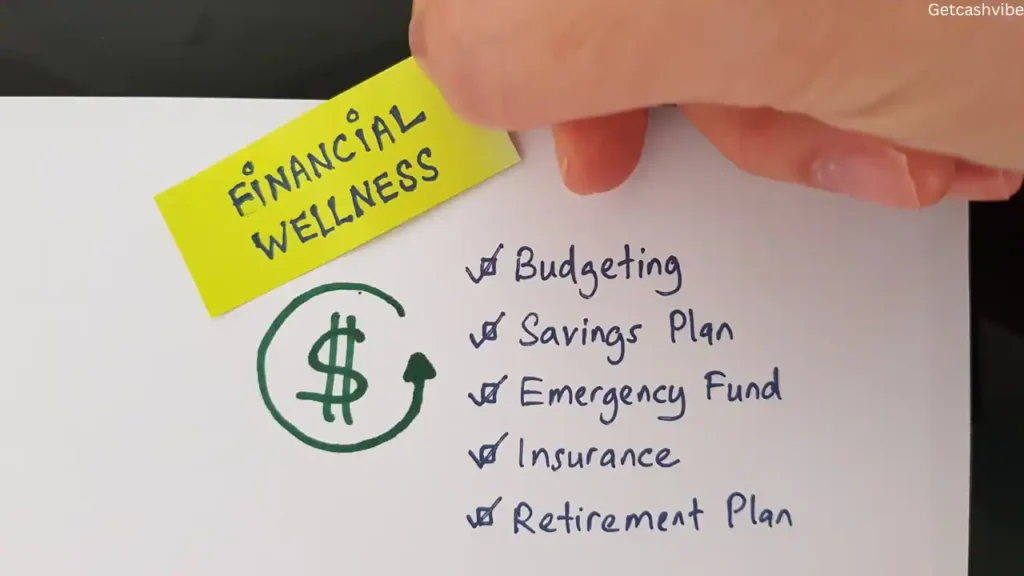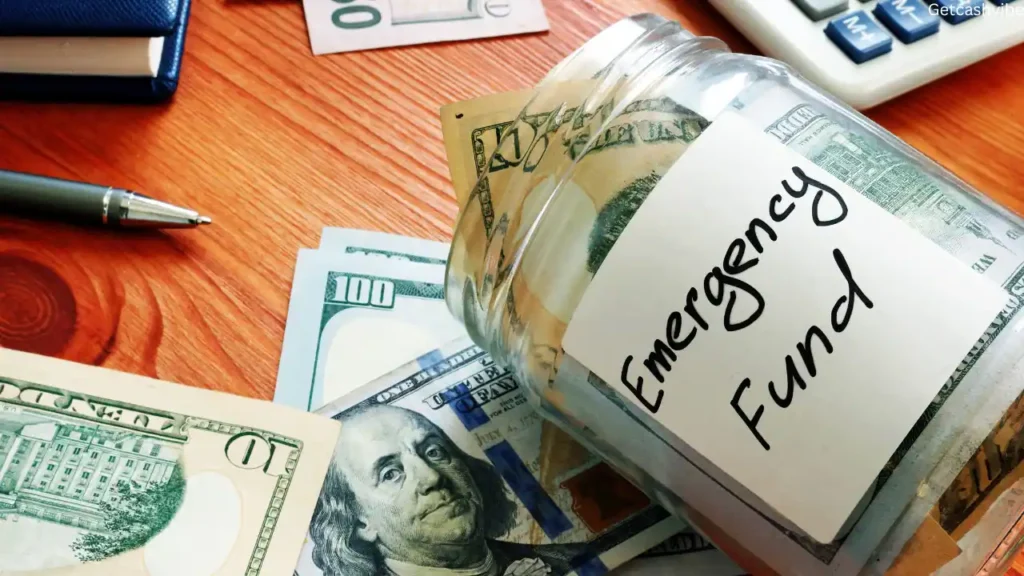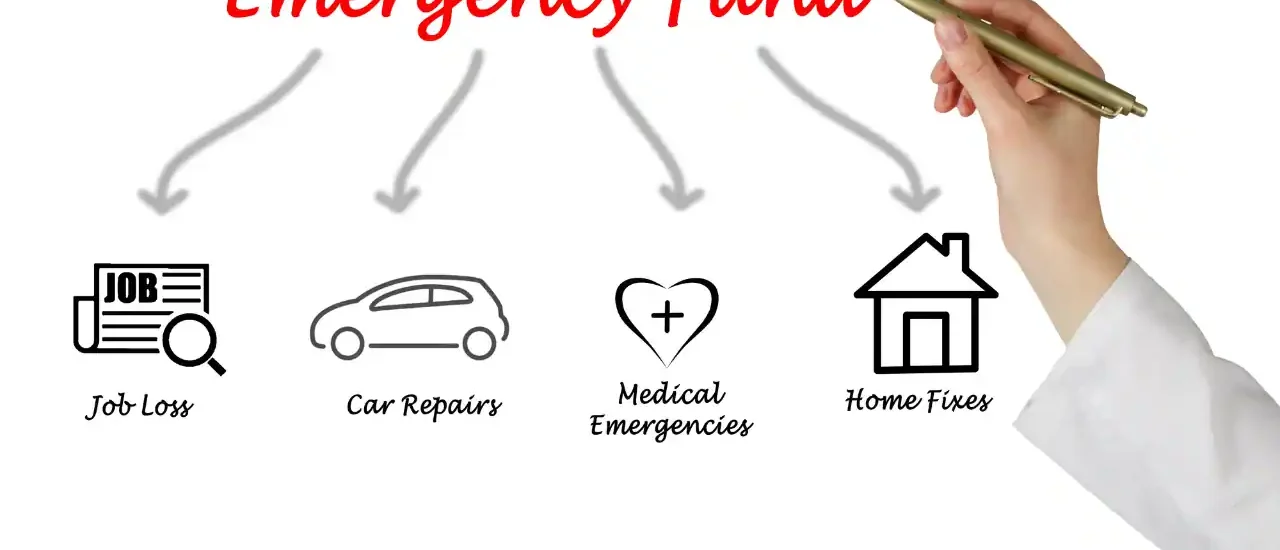Introduction: Why Building an Emergency Fund is Essential
Life is full of unexpected surprises—some good, some not so much. Whether it’s an unexpected car repair, a medical emergency, or losing a job, having an emergency fund can make a huge difference when life throws you a curveball. But why exactly is an emergency fund so crucial? Simply put, it’s a safety net that ensures you won’t be caught off guard when something unplanned occurs.
In this blog post, we’ll explore why you need an emergency funds and provide you with actionable tips on how to start building one. With the right approach, you can start saving today, even if you’re on a tight budget.
Why You Need an Emergency Fund

1. Protect Yourself from Unexpected Expenses
Emergencies happen when you least expect them. Without an emergency fund, these unexpected costs can put you in a financial bind. For example, if your car breaks down and you don’t have the funds to repair it, you could be left scrambling for a loan or going into debt. An emergency funds acts as a financial cushion, allowing you to handle these situations without compromising your financial stability.
2. Avoid Going into Debt
Many people rely on credit cards or loans when emergencies strike, but this can quickly lead to debt. With an emergency fund in place, you won’t have to resort to borrowing money. Instead, you can pay for these expenses upfront, avoiding the stress of accumulating interest on loans or credit card balances.
3. Provide Peace of Mind
Knowing that you have a financial buffer can reduce stress during tough times. With an emergency fund, you can face unexpected challenges with confidence, knowing that you have the resources to handle them without negatively impacting your long-term financial goals.
How Much Should Your Emergency Fund Be?

One of the most common questions when it comes to building an emergency fund is how much you should save. While the amount varies depending on individual circumstances, a good rule of thumb is to aim for at least three to six months’ worth of living expenses.
Start by calculating your essential monthly expenses, such as:
- Rent or mortgage
- Utilities
- Groceries
- Transportation
- Insurance premiums
Once you’ve totaled your monthly expenses, multiply that number by 3 to 6. For example, if your monthly expenses are $2,500, aim for an emergency funds between $7,500 and $15,000.
Tips for Building Your Emergency Fund

1. Start Small and Be Consistent
Building an emergency fund doesn’t have to happen overnight. The key is to start small and remain consistent. Even if you can only save $50 or $100 a month at first, it will add up over time. Consider setting up an automatic transfer to a separate savings account each payday. This will make it easier to build your fund without having to think about it.
2. Cut Back on Non-Essential Expenses
One of the quickest ways to boost your emergency fund is by cutting back on non-essential spending. Take a close look at your budget and identify areas where you can reduce costs. For instance, you could:
- Cook at home instead of dining out
- Cancel unused subscription services
- Limit impulse purchases
These small changes can free up extra money to put toward your emergency fund.
3. Boost Your Income
If cutting back on expenses isn’t enough, consider finding ways to increase your income. Taking on a side gig or freelance work can provide the extra funds you need to build your emergency fund faster. Websites like Upwork or Fiverr offer opportunities to earn money based on your skills, whether that’s writing, graphic design, or even virtual assistance.
Alternatively, selling unused items around your home on platforms like eBay or Facebook Marketplace can provide a quick financial boost.
4. Use Windfalls and Bonuses Wisely
If you receive a tax refund, work bonus, or any other unexpected income, consider putting it directly into your emergency fund rather than spending it right away. This will help you grow your savings faster and get closer to your goal.
5. Set Realistic Milestones
It’s important to set realistic milestones to track your progress. Instead of focusing on your ultimate goal (such as saving $10,000), break it down into smaller, more achievable steps. For example, aim to save $500 within the first three months. Celebrate when you hit these milestones to keep yourself motivated.
Where Should You Keep Your Emergency Fund?
Once you’ve started saving, you need to decide where to keep your emergency fund. While the goal is to have your money easily accessible, you also want to make sure it’s earning some interest. Consider these options:
- High-Yield Savings Account: These accounts typically offer better interest rates than traditional savings accounts, allowing your emergency fund to grow over time. Look for online banks that offer competitive rates.
- Money Market Account: Similar to a savings account, but often with higher interest rates, a money market account may be another good option for keeping your fund safe and accessible.
- Cash Management Account: Some investment firms offer cash management accounts that combine the benefits of both a savings and checking account, offering high interest rates and easy access to your funds.
Just make sure your emergency fund is in a place that’s easy to access during urgent situations but separate enough that you’re not tempted to dip into it for non-emergencies.
Conclusion
Building an emergency fund is one of the most important steps you can take to protect yourself financially. It provides security, reduces stress, and prevents you from falling into debt when unexpected expenses arise. Start small, stay consistent, and build your emergency fund over time. With discipline and determination, you’ll have the financial cushion you need to face any challenges life throws your way.
Discover more tips on achieving financial freedom! Explore GetCashVibe today and take control of your finances!






